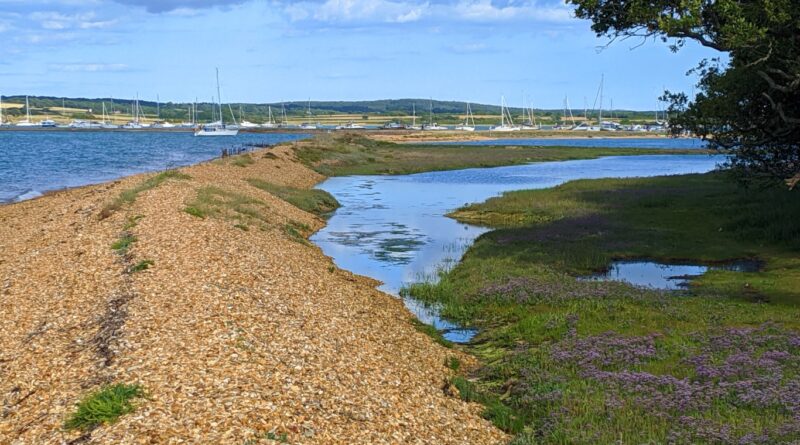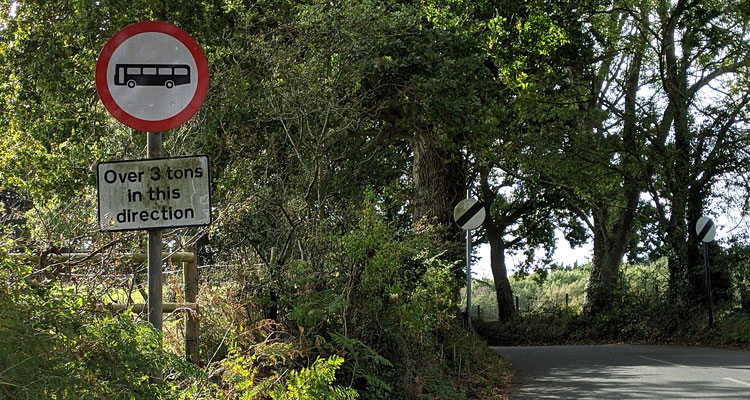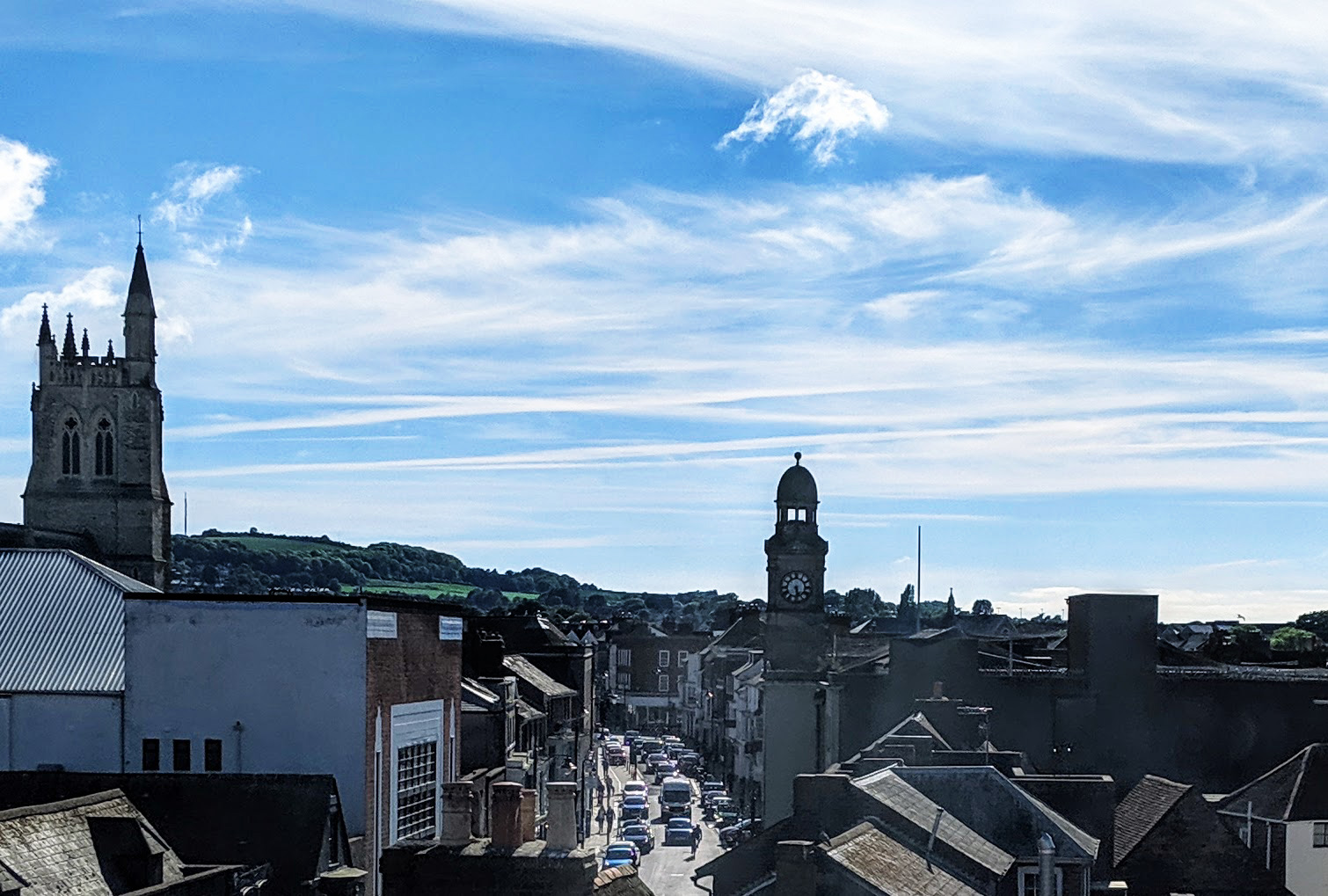Loverly Duverly – exploring the duvers of the Isle of Wight
- Complaining about the Mainland - 17th August, 2024
- New island designation – is it just greenwash? - 26th April, 2024
- Police and Crime Commissioners – a solution or a problem? - 21st April, 2024
The word ‘duver’ is an underappreciated Isle of Wight speciality. Like ‘chine’ or ‘shute’ it reflects the particular environment of the Island and gives us an insight into the way our predecessors saw it.
For most Island people, ‘The Duver’ would be taken to mean the strip of dunes at St Helens. If it wasn’t for nearby Seaview Duver having the same word in its name we would probably not think twice about the meaning of the word ‘duver’ by itself. Lacking the memorable whimsy of ‘gallybagger’ or ‘mallyshag’, the word is usually relegated to the role of a simple place-name, but in truth it is an old word with interesting origins.
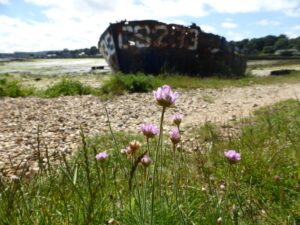
A duver has been described by former county ecologist Colin Pope as ‘a low-lying piece of land along the coast, subject to occasional inundation by the sea’. I would add to this the presumption that the land must be sandy, at least in part, and that it should have – or once have had – water on two sides of it.
This last criterion is part of the suggested origin of the word by linguist Michael Goormachtigh who proposes that ‘duver’ means a two-sided beach, arguing that on the mainland the word as ‘dover’ can be found as far back as the Domesday Book in 1084; and that this is where the port of Dover got its name. In support of his claim he has Dovercourt, near Harwich, and Doverhay, in Somerset, both of which show signs of a duver-like landform now or in the past.
The requirement for sand to be involved is my own observation. Duvers seem to be about sand, rather than shingle alone, although usually both will be involved. Also, larger shingle banks such as Chessil Bank or Hurst Spit are not called duvers – although these are on the mainland, they are very close in seafaring terms and might be expected to share a terminology with the Island (just as there are a few chines in Bournemouth). Interestingly, one site on the Island that might be expected to be called a duver, but which is not, is Norton Spit on the western arm of Yarmouth Harbour. It seems to have all the necessary qualifications, but has always been a spit and not a duver.
There are at least four known duvers on the Isle of Wight. Here is a clue – ‘duver’ is sometimes spelt ‘dover’. The two best-known have already been mentioned – St Helens and Seaview. The third duver is now more of a linguistic fossil. Ryde Dover was the area of sandy coast between the present-day Hovertravel terminal, and Appley slip. The area is now unrecognisable as dunes, except a few fragments by the boating lake. The lake itself has the form of a dune slack, and quite possibly this is how it originally was created. We know that this area was once called a duver because of Dover Street, the broad road down to the esplanade. This road shows up on maps from the mid-1800s – it was initially called Wellington Street – although the duver itself must be older. In the 1833 Guide to the Isle of Wight, published by Gloster Sheridan, the coastal area east of today’s Dover Street and north of what is now the Strand is marked as ‘The Dover’.
In 1964, the area was described as ‘the Ryde Duver’ in an Isle of Wight County Press report – see extract below. There is another clue in the name of Dover House in The Strand nearby, one of only three named houses in the road on the 1862 map. Built around 1840 by Thomas Dashwood (who lived over the road in the now-vanished Dover Cottage), Dover House is still there now, and its back garden faces onto the esplanade, which would, at the time it was built, have been sand. It seems likely that both Dover House and Dover Street were named not for the Kentish port, but for the sandy coast they adjoined.

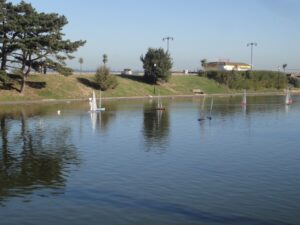
The fourth duver is Hamstead Dover, the spit on the western lip of Newtown Estuary (main image). This is a well-preserved duver, perhaps because it is quite inaccessible and has had little development thanks largely to its sensitive management by the National Trust as a part of Newtown National Nature Reserve. Hamstead Dover is a couple of miles walking from the road by land, and known better as a navigational item on a chart by passing mariners.
The debatable fifth duver got the name in 2016 when the ‘Lost Duver’ project was set up at Yaverland by local organisation The Common Space. Although it clearly has a dune-like vegetation, and water behind it in the form of Brown’s boating lake, it is not a conventional duver as it is not the mouth of a waterway, and the seawall itself is almost entirely artificial. Also, it is not on the Solent coast, unlike all the others, and there are no surviving duver/dover names nearby, so whilst it may never have been called a duver before, it is now.
And if you think there is a sixth, in East Cowes, you’re mistaken. True, Dover Road is the shoreside street that leads from the Red Funnel ferry, but East Cowes has had some big changes in layout by the waterfront after wartime bombings and other upheavals, and Dover Road only came into existence in the twentieth century. It is probably nothing to do with a duver. There used to be a row of houses called Dover Terrace where the Co-op now stands, so possibly the new road was named for that.
I’m still investigating this local word and feature. So I need your help. Are there any other lost duvers on the Island? Tell me if you know any. Perhaps most controversially, how is the word pronounced? Do you rhyme it with ‘cover’, ‘rover’, or even ‘Hoover’?
So, #isleofwight how do you pronounce ‘duver’? Is it to rhyme with:
— Matthew Chatfield (@virtualranger) July 19, 2020
This is an extended version of the article first published in the Isle of Wight County Press 17/7/2020

